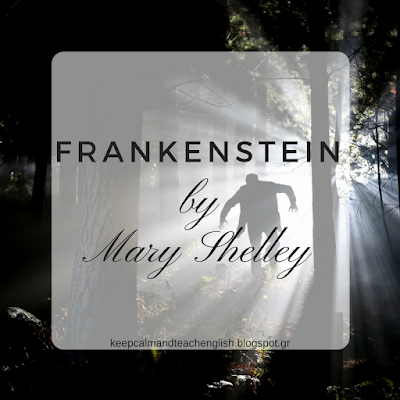Advent Calendar 2018

Last year I prepared an Advent Calendar full of ELT activities for the classroom and the home. The truth is I cannot resist the daily surprises Advent Calendars hide behind their small doors so I made a new one for 2018. photo by Gellinger In the calendar that follows there is a new activity behind each door, from crossword puzzles and short stories to filling in Christmas songs lyrics and making easy Christmas crafts. Some are the same as last year's but there are some new activities as well: Day 1: Make easy candy cane sleighs to give as Christmas presents Day 2: Make some easy Christmas Angels to hang on your tree Day 3: This is Britain Christmas video and worksheets Day 4: Print and solve a Christmas crossword puzzle Day 5: Christmas shopping in London! (British Council video and activities) Day 6: Read and listen to the story "The Gift of the Magi" by O. Henry (abridged) Day 7: Play a Christmas quiz with your friends Day 8: Write an email to Santa D...













